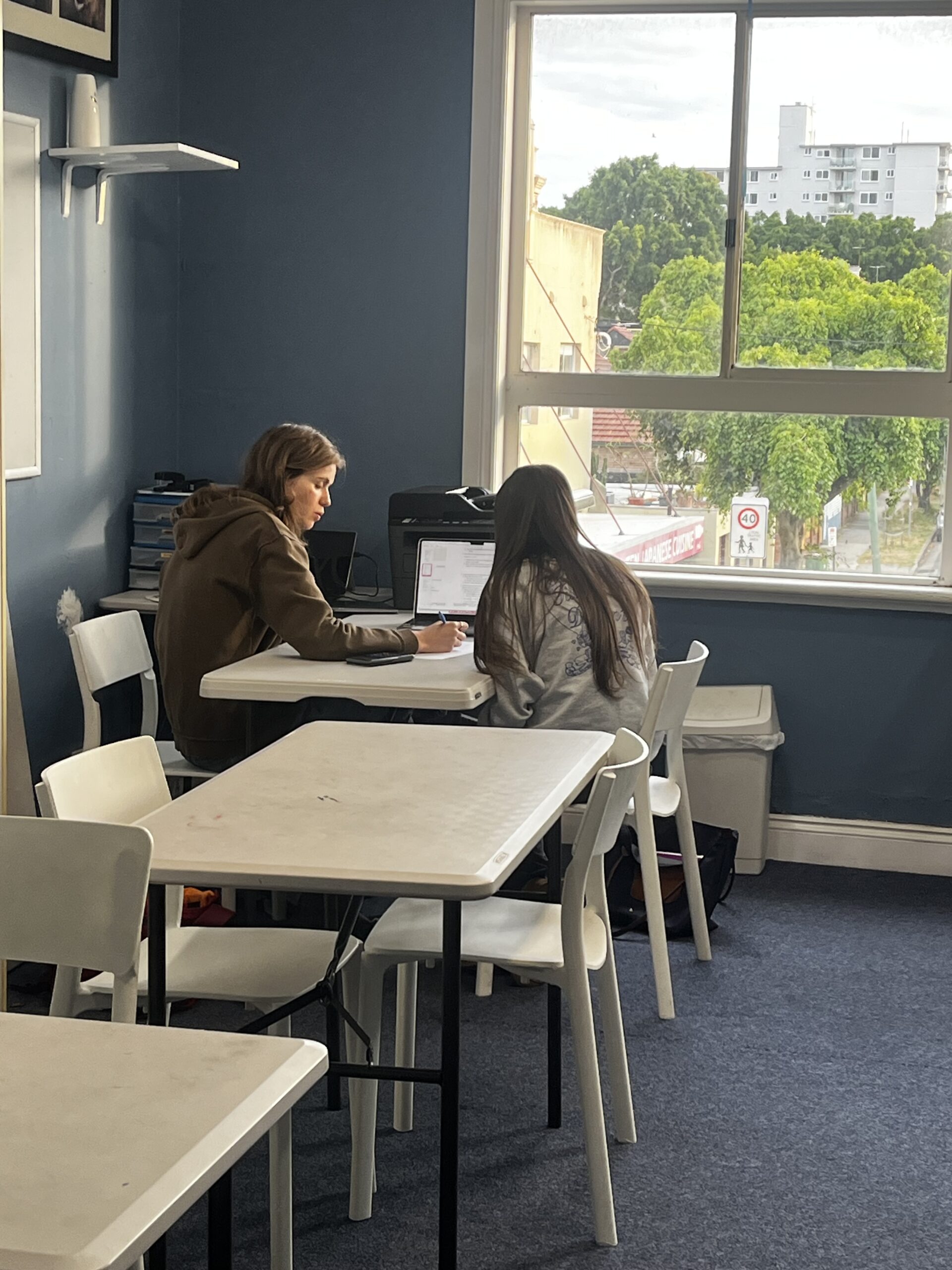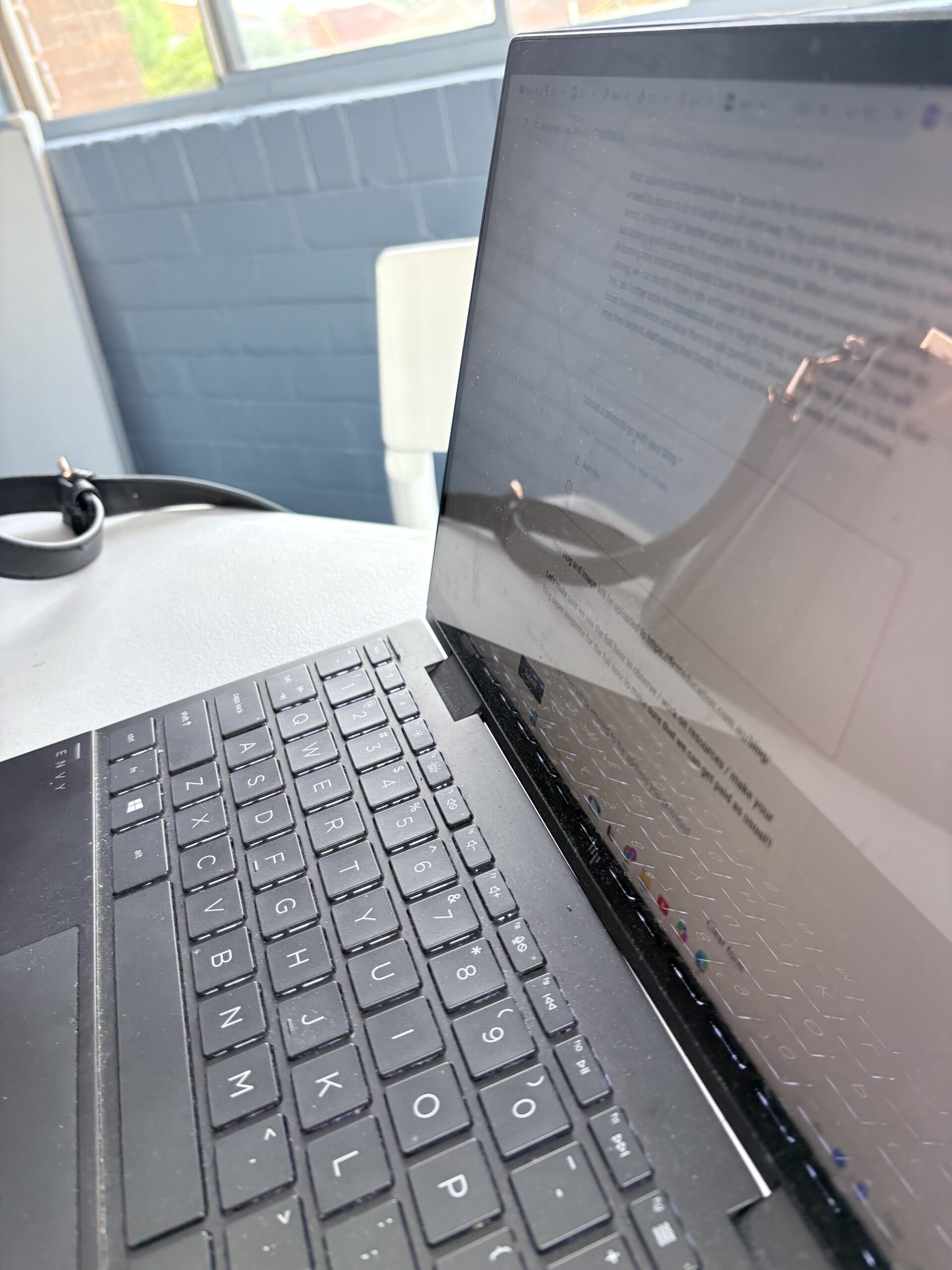I had the opportunity to observe a amazing session today! It was great to see how friendly her student was and how well they got along. It was great to see how her student was very comfortable with Jemima ! They had a great relationship and they got along really well.
It was great to see how friendly her student was and how well they got along. It was great to see how her student was very comfortable with Jemima ! They had a great relationship and they got along really well.
They started by going through any questions the student had. They then went through her students homework from last session.
They looked at the online textbook and worked through the theory and then applying the theory to different types of questions. They started by doing easy questions and then they moved to some harder questions when the student felt comfortable applying the theory. Jemima gave her student homework based on the style and type of questions they worked on during the tutorial.
They worked on the highest common factor and the lowest common factor. Then also worked on algebra. Jemima printed worksheets from the textbook for them to practice. It was great to hear Jemima’s explanation of each concept. She was very clear and engaging. She used the big whiteboard to show her working out so her student could visually see how he could solve the question.
It was great to see how engaged Jemima’s student was. He was doing a great job answering all of her questions. When her student got stuck, Jemima would give her student some hints to help him.
If her student made an error, Jemima would then explain the reason he made the error and what he needed to do to fix the error. She would go through the correct solution and the steps her student would need to follow.
Overall, Jemima did a great job helping her student. It was a great session and such a pleasure to observe. Keep it up!
Ashley Cohen









